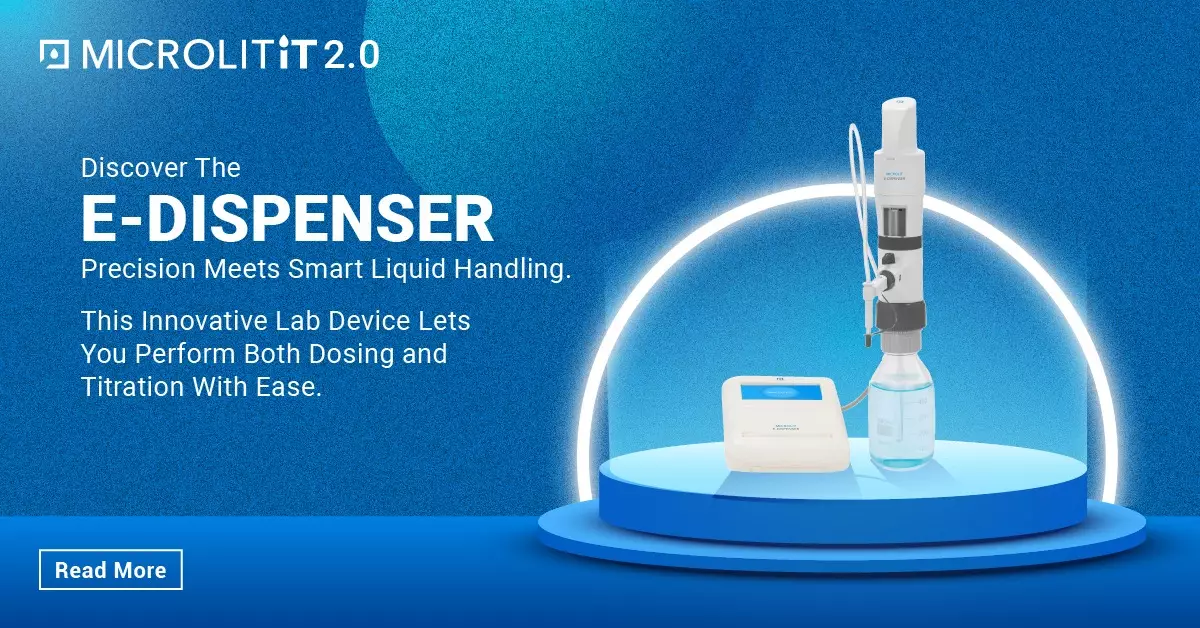How Science has Evolved the Food and Beverage Industry in the Last Decade
- June 20, 2019
- ENQUIRE NOW
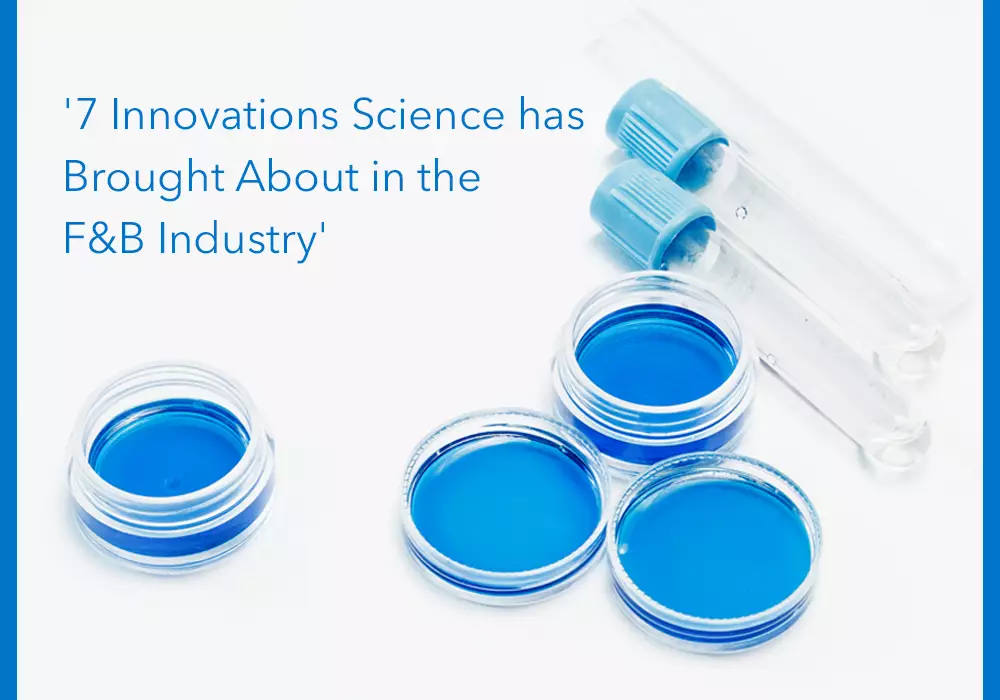
The F&B sector has undergone multiple innovations in the last century. Be it mechanisation of farms, invention of Tetra packaging system, or even invention of superfoods, the scientific community is always experimenting with ways to make this industry more sustainable and progressive. As the years unfold, there have been some ground-breaking products and paradigm-shifting innovations that have changed consumption habits as well.
The drive for innovation has risen from a number of reasons – environment friendly alternatives for farming, sustainable growth of crops, area crunch for farming, focus on healthy eating and so on. In the recent few years, scientists and startups have been working tirelessly to come up with solutions for the pressing issues, with the aid of technology. Let us look at some of the areas that are being taken care of by applying science.
1. Food Microbiology

A vast concept, food microbiology includes the study of microorganisms that inhibit, contaminate and create food. This discipline of science involves lab examination of different microorganisms in food, engineering, development, analysis and reporting on the chemistry of different foods. Food microbiologists test different pathogens in labs to test which can test the spoilage of food and prevent any diseases. Food microbiology is also used for fermentation and food testing.
2. Lab-Grown Meat

Something which was earlier not thought to be possible now exists – lab developed meat which tastes like the real thing. This might sound unrealistic but it is completely true. Scientists have found a way to culture meat in a laboratory.
The process of developing cultured meat involves the collection of stem cells from the tissue of an animal, multiplying them under controlled environments, usually in a bioreactor. They are further allowed to differentiate into basic fibers which together form muscle tissue that is ready for consumption. Cultured from muscle samples, this method can produce 80,000 meat patties with just a single animal tissue.
There have also been several breakthroughs in the field of developing complete meat-like alternatives derived from plants.
3. Availability of Specialised Foods
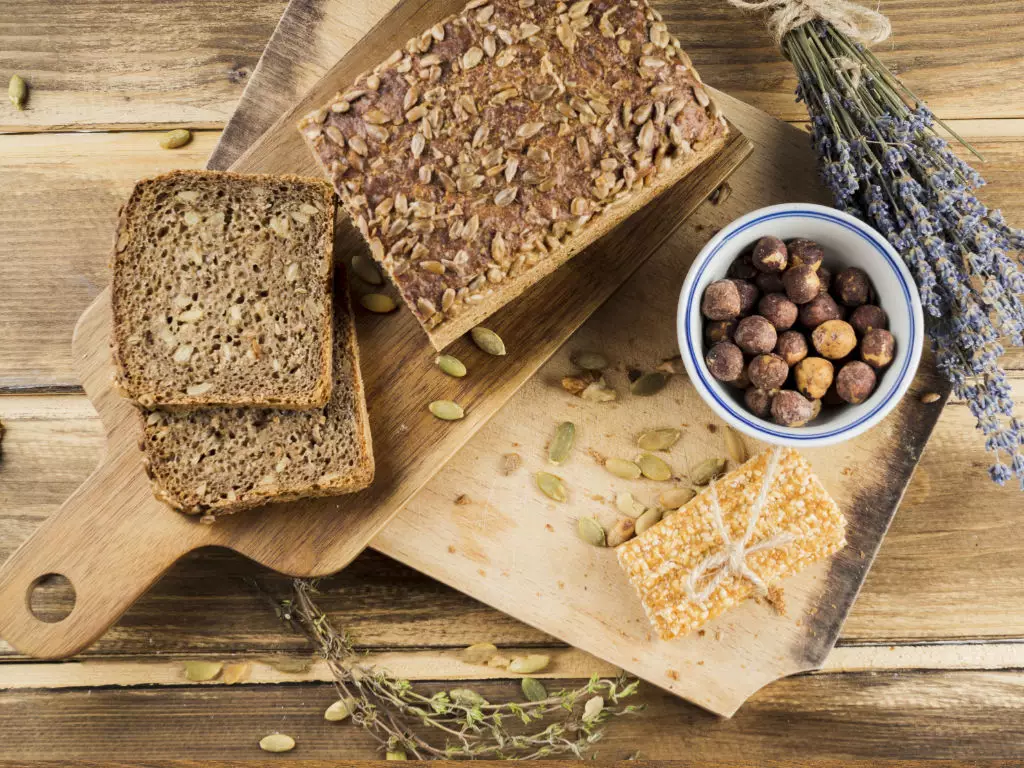
Thanks to science there are more inclusive allergen-free variants of everyday foods. For instance, lactose-free milk and other dairy products are sold commercially for those who have lactose intolerance. This is done by using the enzyme lactase to break down lactose into glucose and galactose, and removing it after the process has been completed to increase the shelf-life of the product.
Likewise, gluten-free substitutes of a large variety of products are available for those with Celiac disorder. And similarly, due to continuous research, endless possibilities have been created.
4. Industrial Automation

Technology has also made its mark in the processing of food. The multi-sensor devices monitor the food processing units and zero down on any issues in the product in the early stages of manufacturing. This technology is also useful as it will help meet the growing demand for transparency in the food supply chain all over the world. Lab scientists are working with engineers to raise the standards of hygiene practices in packaging and bottling plants.
This level of automation is brought about by bringing together different Industry 4.0 technologies, namely Industrial Internet of Things, Big Data, Cloud Computing, Machine Learning and so on.
5. Functional Foods
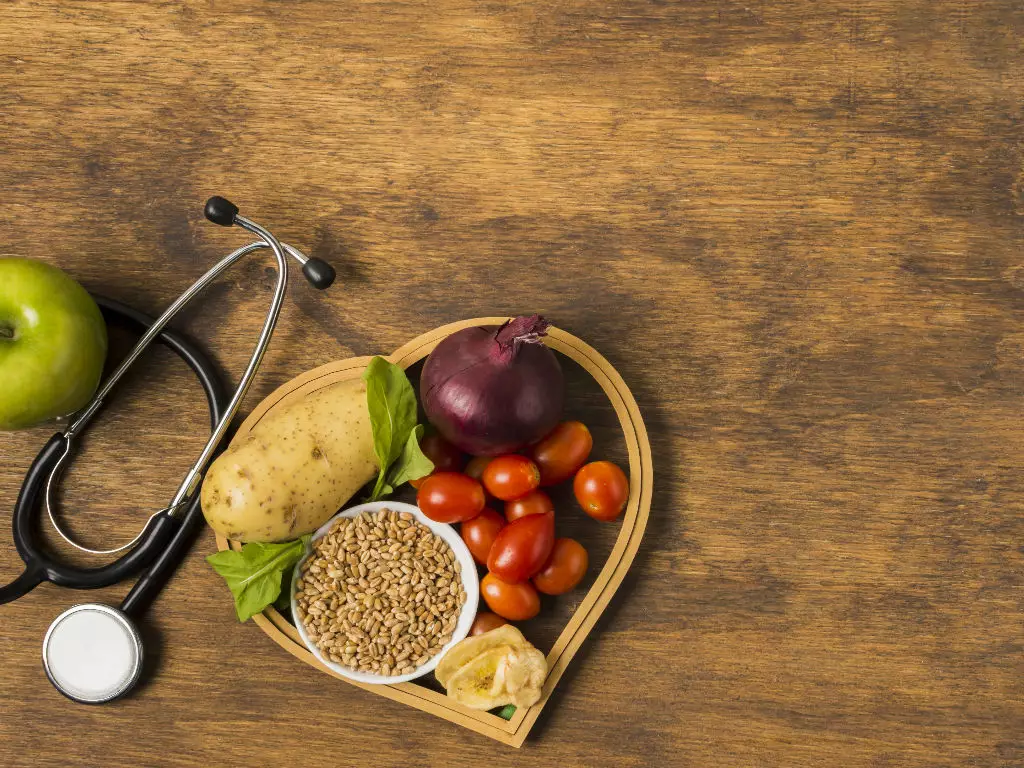
Functional food is the enhancement of a food item by adding new ingredients or more of the already existing ingredients. This practice was inspired by the existence of natural health benefits which several fruits and vegetables offer.
Certain foods are enriched with health benefits as they make up for the lack of nutrients in our diet nowadays. While this concept has existed since the late 80s, its application has grown rapidly in the last decade with the growth of lab technology. Functional foods range from Vitamin D fortified milk to carotenoid enriched potatoes.
This field of science involves constant testing of different naturally occurring food items to detect compounds beneficial for human health. This also includes testing of different variables like soil, climate, water etc. that influences the level of these useful compounds. Scientists also refer to these food items as naturaceuticals, thereby implying the medicinal nature of these items.
6. Sustainable Food Packaging and Cutlery

To move towards sustainable living, scientists have been looking for an alternative, biodegradable food and beverage packaging as well as cutlery. Some such recent developments have been in the field of packaging materials being made from Bagasse, the material is 100 percent natural and biodegradable. Taking a step forward, laboratories have come up with edible cutlery made from jowar, wheat flour and rice.
7. Nature-Derived Food Preservatives
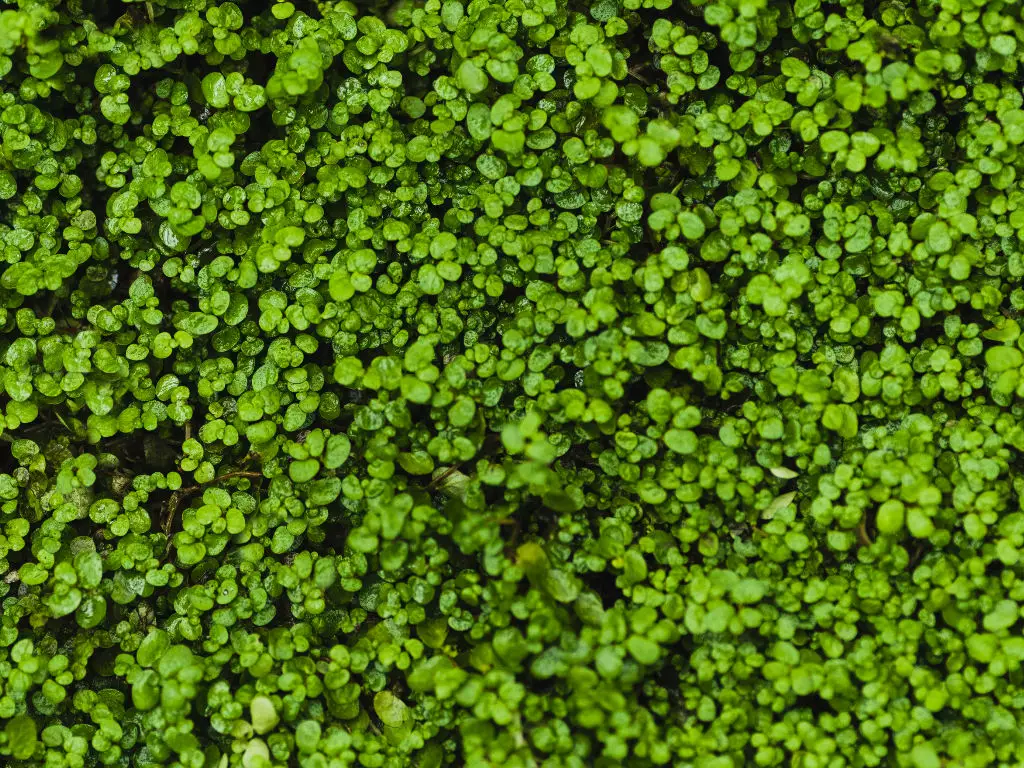
One of the latest trends in this space has been the development of natural based food preservatives to replace the chemical ones. It’s a known fact that in order to increase the shelf life of food and beverage products several preservatives are added, it’s also known that some of these preservatives aren’t good for health.
In order to resolve this issue, work is being done to find plant-based alternatives in laboratories around the globe. For instance, in NTU Singapore ‘Flavonoids’ found in most fruits and vegetables are being tested for preservation effects in other food items. Nanocellulose based packaging is another solution to this same problem.
Are you working on exciting research in your lab? Write to us at info@microlit.com to learn how you can make it a success.


